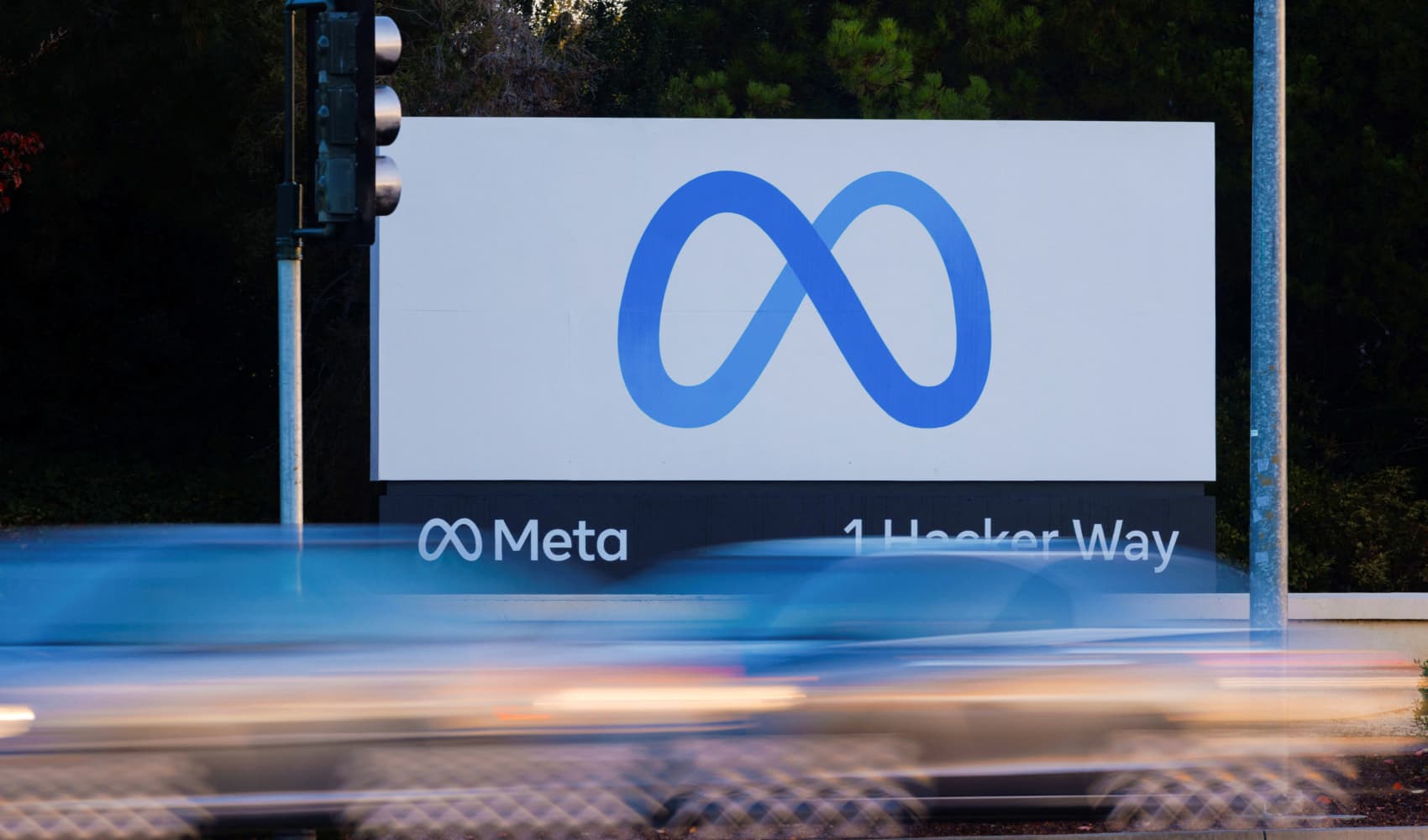
- You can't claim the home office deduction as a full-time employee with W-2 earnings, but it may be possible with 1099 income as a contractor or self-employed worker.
- To qualify, you must use your home office regularly and exclusively for work, and there are two ways to calculate the tax break, according to the IRS.
If you're one of the millions of Americans who worked remotely — fully or partially — in 2022, you may be wondering about the home office deduction on your taxes.
While remote work has declined since the early days of the pandemic, nearly 30% of employees were telecommuting in January, according to LinkedIn's Workforce Confidence Index.
However, many of those workers can't claim the home office deduction, said Brad Sprong, national tax leader of KPMG Private Enterprise.
Get Connecticut local news, weather forecasts and entertainment stories to your inbox. Sign up for NBC Connecticut newsletters.
You won't qualify for the home office deduction with Form W-2 income. But you may be eligible with income reported via Form 1099 as a contractor or self-employed worker.
Assess IRS guidelines for your workspace
Money Report
Your workspace must meet certain IRS guidelines to qualify for the deduction, said Rob Burnette, CEO of the Outlook Financial Center.
Based on the square footage of a specific area in your home, you must use your "home office" exclusively for work, he said. And the IRS expects it to be the principal place for your business, used regularly.
"It doesn't need to be a room with four walls around it," Sprong said, noting that it could be a designated 200 square feet in your home. But "it would be hard to argue that your kitchen table is exclusively for business," he added.
Calculate the home office deduction
There are two ways to calculate the home office deduction: the "simplified option" and the "regular method," according to the IRS.
The simplified option uses a standard deduction of $5 per square foot of the portion of your home used for business, capped at 300 square feet, or $1,500.
The regular method, which is more complicated, uses the percentage of your home used for business, including actual expenses, such as part of your mortgage interest, insurance, utilities, repairs and depreciation. The calculation happens on Form 8829.
"The simplified method is my favorite way because most people don't have the records or enough deductions to make the regular method work," Burnette said. Typically, he calculates it both ways for new clients to see which option provides the bigger tax break.
Of course, some taxpayers may get a bigger tax break by using the regular method. "While it's more cumbersome, it's much more beneficial because the simplified option is capped at $1,500," Sprong said.
But when using the regular method, it's important to have documentation to show proof of your deductions. "If you're drawn for audit, it's an area of focus for the IRS," he warned.






